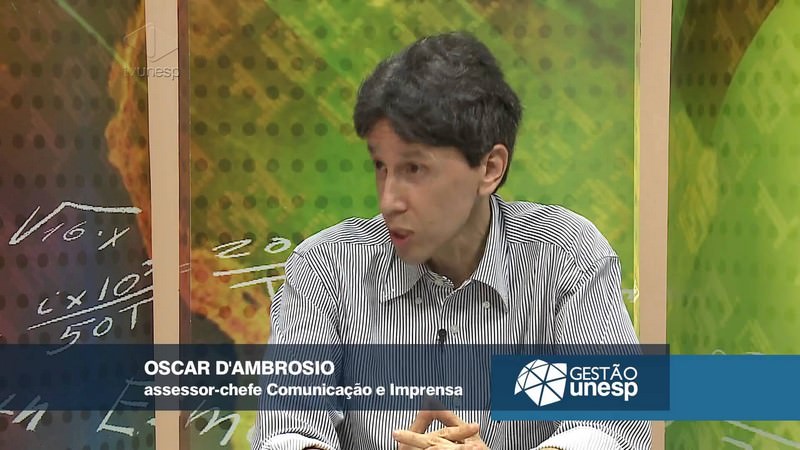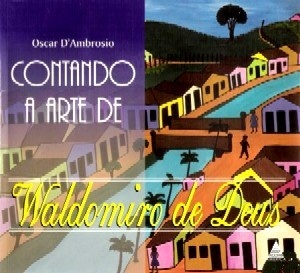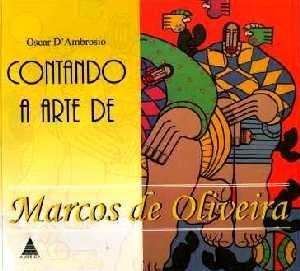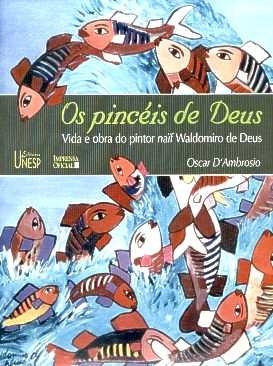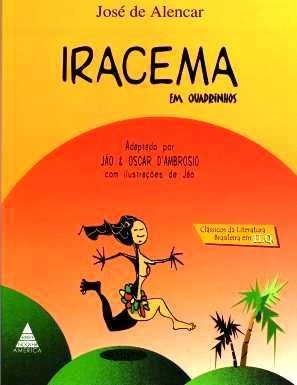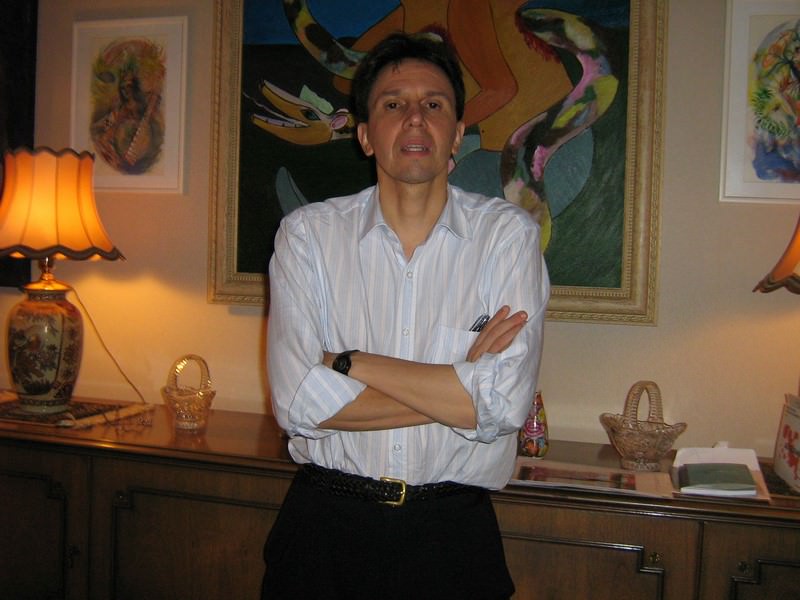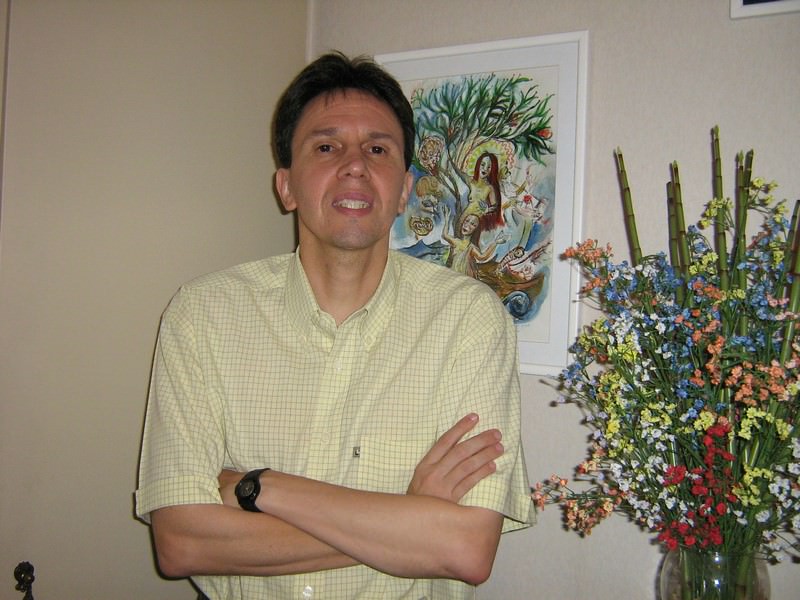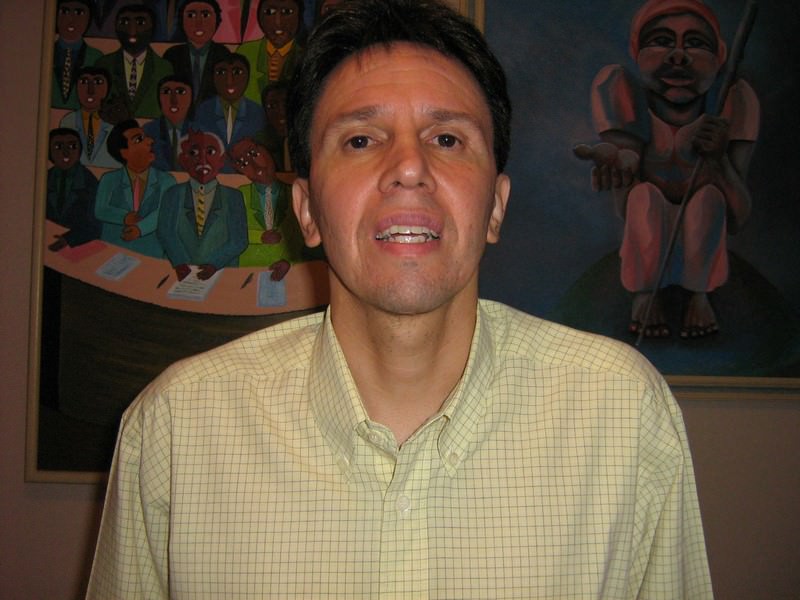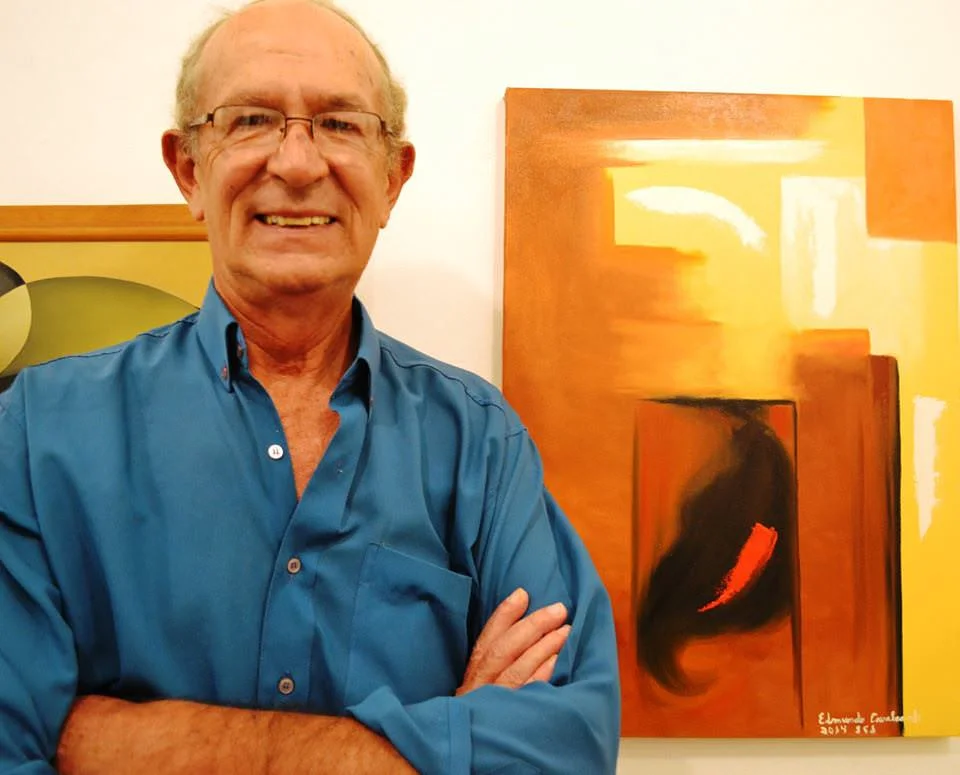
Arts critic
Oscar D'Ambrosio and Doctor of Education, Art and History of Culture and Master in Visual Arts by UNESP Arts Institute – University of São Paulo / Brazil.
Degree journalism ECA USP, (1986), Graduate Faculty of Arts and Education Mackenzie University, (1986), Dramatic Literature specialization-ACE by USP, (1989), MA in Visual Arts by UNESP Arts Institute, (2004) and Doctorate in Education Program, Art and History of Culture at the University Mackenzie, (2013). Author of several books on naive art area and contemporary art.
It has experience in the area of Communication, Curator and author of texts for catalogs and presentations of various contemporary artists. It is managing editor of Science magazine UNESP and responsible for the daily radio program Literary Profile, interviewing writers, essayists and artists, for the UNESP FM radio 105,7 MHz since January 2009. It operates on the following topics: arte naif, contemporary art, biography of contemporary Brazilian artists and contemporary Brazilian writers.
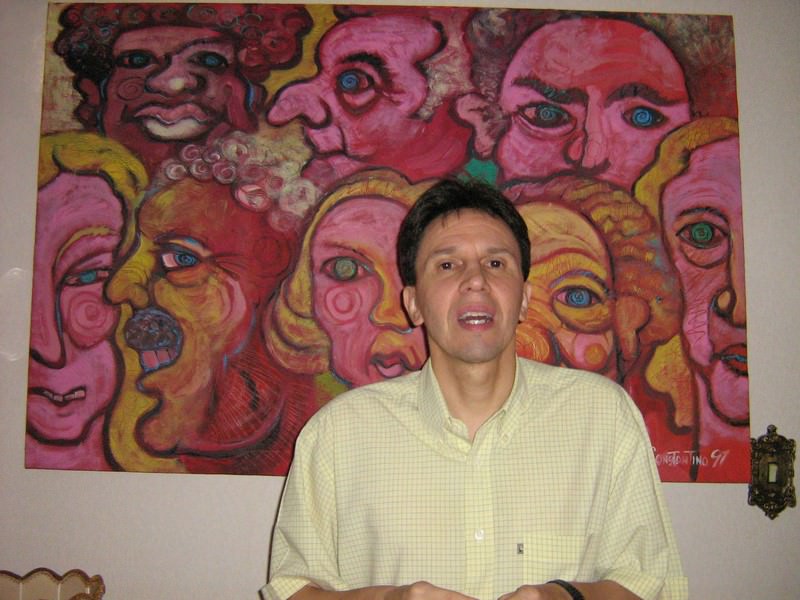
Following is the interview that Oscar D'Ambrosio, one of the most competent and critical arts respected Brazil, kindly granted the arts columnist Edmund Cavalcanti.
1 – In a society like ours, living under a violent visual impact, technological, stemmed from the media and advertising, as should be the look on the works of art?
The art has lost much of its space as opinion maker or controversy space. It has been replaced by the mass media and by social media. The look on the art works, at this moment, must be loving, sensitive and peculiar. Being an artist or admirer of works of art is an act of resistance..
2 – What he determined his interest in Art?
I began academic life for the Letters and Journalism. only 1999 It is that I started working with Visual Arts, thanks to contact the artist Waldomiro God. Through it, I was introduced to the naif art world and, later, I began to browse through other paths, believing that there are no closed boxes in art genres, but permanent dialogue between various conceptual and pictorial approaches.
3 – To a scholar and art critic, what does it mean, since, art?
Art arises from two complementary movements. On the other hand, there is dissatisfaction with the world of the artist. This leads him raise another utopian reality (better than known) or dystopian (more pessimistic than the known). From another, there is the creator of dissatisfaction with the creation itself. These two movements, in different gradations in each artist, take the art to continue existing and changing.
4 – Is there any great artist in the visual arts, that touches more deeply, that holds harder? If Yes, por Country?
Are many. If you had to pick one, I mention a much more well-known painter and writer, Ernesto Sabato. His images are powerful representations precisely the contradictions between a being and the world. They are expressive images of someone who dreamed of finding a better world.
5 – There in the Brazilian educational system an incentive to the culture of fine arts, you would need in your opinion, to happen this change?
The art can not be seen separately from a whole. The arts are increasingly hybrid. And the Brazilian educational system should gradually be mindful of this in practice. Music, Performing Arts (Theater / Dance / Choreography), Painting, Sculpture (volume), Architecture, Literature, Cinema, Photography, Comic strip, Digital Video and Art games are increasingly interdependent. I see this as something healthy, but challenging for artists, mediators and public.
[divider]
[divider]
6 – What is your biggest concern or care when analyzing the works of an artist? And send your opinion about.
The biggest concern is to seek express, by words, an opinion that has emotional components difficult to justify; rational, easy to justify, and creative, without any justification so as not to fall into liked / disliked, moving toward contribute and enrich the reading of the artist and the public will have the work.
7 – In your opinion what is the future of Brazilian art and its artists? (in the general context) and why so many artists are giving preference to show their work in international exhibitions despite high costs?
The future of Brazilian art, in an increasingly connected world, It can not be separated from the international art. The artists who do not realize this will be left behind in terms of market. This can be financially bad, but brings, for example, more independence to work in market terms. There are gains and losses on internationalize or isolated. Much depends on the purpose of each creator and how he wishes to place on the market: at the forefront, in the middle of the pack or an outsider position and critical observer what is happening.
8 – I have noticed that some traditional galleries are closing activities. Artists are giving preference to exhibit at Cultural Spaces. In your opinion what would be the cause?
Sign up to receive Event News
and the Universe of Arts first!
The issue is financial. Fewer and fewer artists are able to invest in rental spaces and bear vernissage production expenses and catalog. Participation in public tenders is a way to get exposed to lower costs. The question, although, brings biblical evocations: many are called, but few are chosen.
9 – What advice would you give to artists to produce their works or for future artists?
Above all one must be sincere in what you do. The aesthetic concern should come above all, relying on the taco itself in building a differentiated aesthetic. Place the inner world at work is essential in a professional walk, intense and serious it takes to form a style, a digital, a visual personality. Search their dreams, with its peculiarities, aids having purity of a child, which is renewed every moment, a mixture of instinct, intuition and renovation technique for the study and improvement. Be free and responsible with art and with yourself is the key challenge.
What are some books of his own.
The books that I had the opportunity to publish, highlight, for those who like naive art, 'A dip in Brazil Naif: the naive Biennial Brazil SESC Piracicaba: 1992 a 2010’, my doctoral thesis (New Academic Editions), and 'Van Gogh happy’ (Editora UNESP), my master's dissertation, on the painter Ranchinho, settled in the city of Assisi, SP. What gave me more pleasure, although, was the collection 'Counting Art… ‘, American Publisher's Noovha, one journey over 20 children's books about artists living and deceased. It was an extraordinary experience!
Books are available on the site:
Website: oscardambrosio.com.br/livros/
Website Biografia: oscardambrosio.com.br/biografia/
Facebook Profile: www.facebook.com/odambros
.
….
.
EDMUNDO CAVALCANTI
São Paulo – Brasil
Facebook Profile | Facebook Fan Page
Twitter | Google +
Columnist at Website Obras de Arte
E-mail: cavalcanti.edmundo@gmail.com

